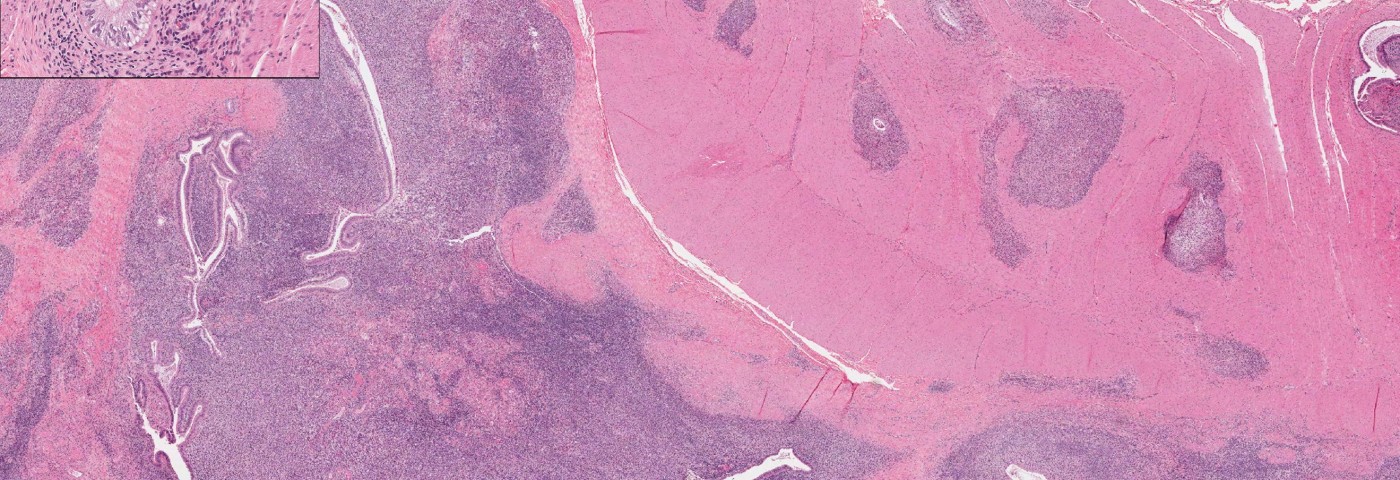A new study out of Wuhan, China, may help uncover the causes of endometriosis. According to the report, a specific cellular pathway called the Wnt/β-catenin pathway could induce matrix metalloproteinase 9 (MMP-9) expression, which in turn may cause endometriosis. MMP-9 is a type of enzyme involved in several different biological functions.
The paper, “Intracellular Wnt/beta-catenin signaling underlying 17beta-estradiol-induced matrix metalloproteinase 9 expression in human endometriosis,“ appeared in the journal Biology of Reproduction.
Endometriosis occurs when tissue from the uterus grows in other regions of the body, such as the ovaries, fallopian tubes, or the bowel. This can be a painful condition and affects over 6.3 million American women and millions more worldwide. Better understanding of the factors that cause endometriosis could aid in the development of treatments and prevention.
Researchers have uncovered an increasingly clear role of MMPs in tumor development. Decreases in MMPs have been associated with the inhibition of tumor cell invasion. Although endometriosis is a benign condition, it has some common features with cancerous tumors since it involves invasive tissue growth.
Researchers, led by Ling Zhang of the Department of Obstetrics and Gynecology at Union Hospital, Tongji Medical College, wanted to evaluate whether MMP-9, along with factors that regulate its signaling, could be involved in endometriosis.
The team obtained tissue from 31 patients with endometriosis ages 20–40 years and examined the tissue for cellular markers using standard laboratory techniques, including immunohistochemisty, Western blotting, cell culture, and PCR. As expected, the scientists found increases in MMP-9 in the tissue samples taken from women with endometriosis.
Moreover, researchers also measured increases in signaling proteins that can activate MMP-9, including ERα and β-catenin, a critical component of the Wnt signaling pathway that has been implicated in endometrosis. Using cells cultured in the lab, scientists were able to increase the levels of MMP9 and β-catenin through treatment with a form of estrogen.
“We not only identified a positive correlation between endometrial β-catenin and MMP9 protein levels following E2 treatment, but also provided evidence for a mechanistic link between β- catenin and MMP-9. This is potentially important in understanding the pathogenesis of endometriosis, a complex and persistent disease of the reproductive system, and might provide a novel therapeutic target for this disease,” the authors wrote in their report.
The study sheds light on a possible cause of endometriosis and could lay the groundwork for potential new treatments for endometriosis that specifically target β- catenin and MMP-9.

